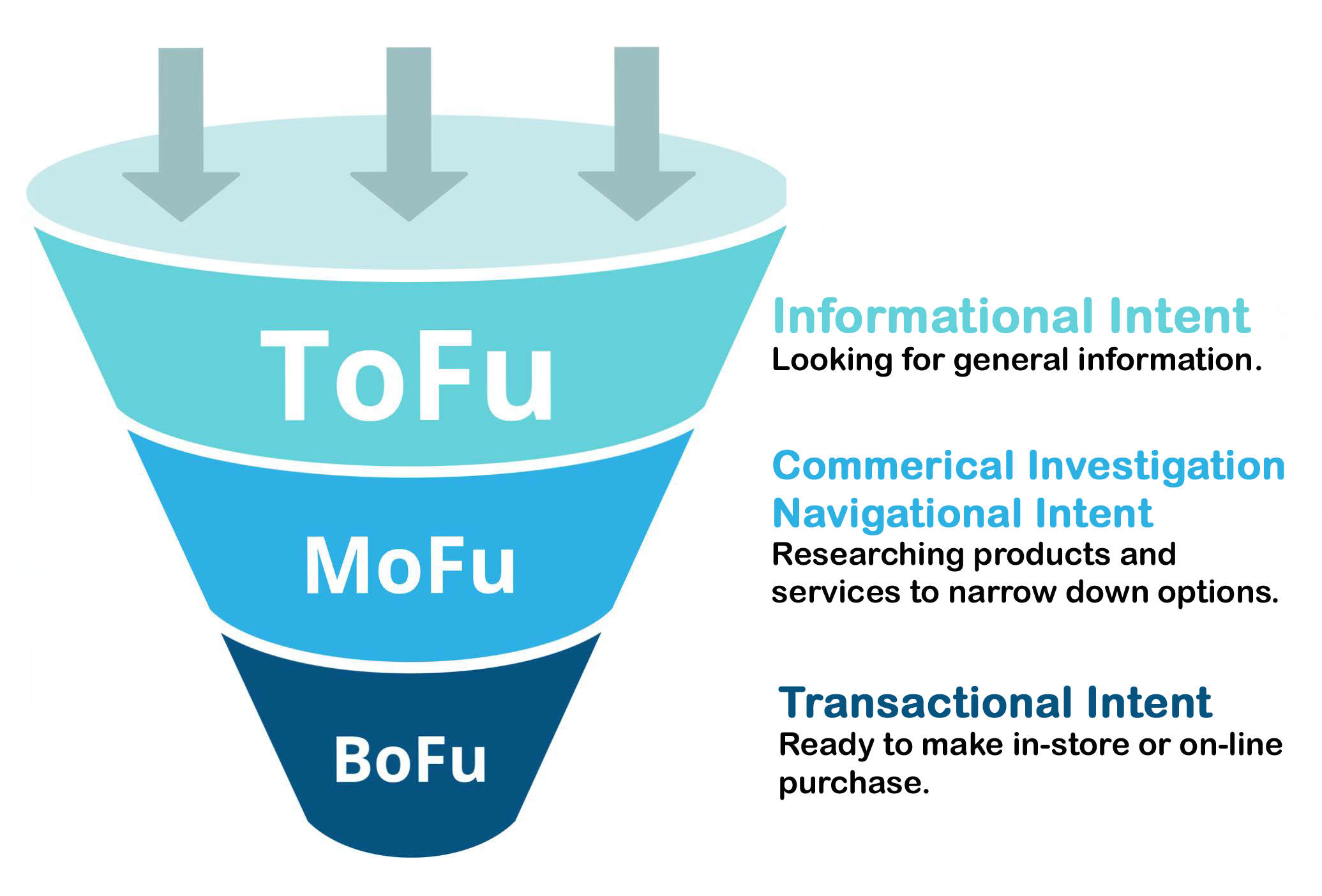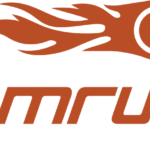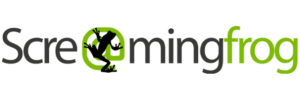
Quick Links
7 Ways to Achieve Amazing Sales Growth with SEO
In this article, I will cover the top seven ways search engine optimization (SEO) can help propel online leads and sales growth.
1. Write high-quality and unique content.
2. Focus on the right customer keywords and terms.
6. Improve your meta tags for CTRs.
7. Test, measure and scale SEO.
#1) Write High-Quality And Unique Content.
Relevant and high-quality website content is a vital SEO fundamental that can help you increase your SEO Rankings and leads.
Do these scenarios apply to your business?
✔️ Outdated blog/article content: Content is stale and needs refreshed/updated.
✔️ Outdated medium to high-traffic web pages: Your top-visited website pages need to be updated and refreshed.
✔️ Website content has not been optimized for the search engines: The content was posted on your website, but it was not “SEO optimized” for search engine rankings.
✔️ Product or service descriptions: Content is not unique – (businesses are using the same or very similar content.)
✔️ eCommerce sites: Using the same generic manufacturer product descriptions.
✔️ Thin and low-value web content pages: These have less than 200 words and little to no website traffic.
✔️ Duplicate web page content: Web pages have very similar or identical content.
By performing a professional SEO audit, these content issues can be diagnosed, and a specific action plan can be implemented to fix the content problems. The result – your site provides website visitors with relevant, evergreen content that does not become outdated and irrelevant.
#2) Focus On The Right Customer Keywords And Terms.
Search engines have evolved over time and can now determine the web searcher’s intent. This means search engines like Google can define the specific reason for “why” the person conducted the search. Is the searcher looking to buy something or looking for how-to information? Or are they looking for a specific brand website?
Search intent involves (4) categories.
Informational Intent – This happens when the searcher is looking for general information. It can be in a question or general topic – for example, O’Hare airport directions or SEO audit benefits.
Navigational Intent – This is when you already know the website you want to visit, and you simply enter the domain into the search box. For example, Marketing Sherpa or Facebook. (Think of it as a shortcut, so you don’t enter the full website address into the browser.)
Transactional Intent – This happens when a searcher wants to buy something. For example: buy 1 TB SDD hard drive or iPhone case price.
Commercial Investigation – This occurs when the searcher is actively shopping for products or services. Often, you will see terms like best, reviews, top, vs., near me, and location-specific searches.
To help put search intent into perspective, we can overlay these into a typical sales funnel.
 Informational searches are typically done high in the funnel and the during the early stages of the buying cycle. Next comes commercial investigation. This is where the searches are mid-funnel, and customers are actively researching their options before they make a purchase.
Informational searches are typically done high in the funnel and the during the early stages of the buying cycle. Next comes commercial investigation. This is where the searches are mid-funnel, and customers are actively researching their options before they make a purchase.
Navigational searches can be found mid to late funnel. The prospective customer has done their research and has compiled a list of websites (specific brands, products, services, or solutions) that he or she will further research to help narrow the list of options.
Last, the customer has done their research, narrowed the options down to a specific choice, and is actively seeking to make a purchase (instore or online).
#3) Fix Website Issues.
A lot of technical website design issues can hurt your SEO rankings. These can range from bad site architecture to broken links.
The best SEO Audit tools for technical and on-page SEO Audits include:
 SEMRush – This is the number one tool used by most SEO Consultants and agencies. It provides a robust set of analysis and SEO auditing tools, including organic research, keyword research, competitor analysis, backlinks analysis, content gap analysis, and many other valuable tools.
SEMRush – This is the number one tool used by most SEO Consultants and agencies. It provides a robust set of analysis and SEO auditing tools, including organic research, keyword research, competitor analysis, backlinks analysis, content gap analysis, and many other valuable tools.
 Screaming Frog – This software crawls your sites and analyzes common technical and on-page SEO factors. Easily export reports to Excel for further analysis and reporting.
Screaming Frog – This software crawls your sites and analyzes common technical and on-page SEO factors. Easily export reports to Excel for further analysis and reporting.
#4) Increase Your Backlinks.
Increasing the number of quality backlinks to your website is a critical factor in search engine rankings.
The important thing to remember here is “quality” backlinks, not the sheer number of backlinks.
The quickest way to sabotage your SEO rankings is to get low-value or toxic backlinks. Google will penalize sites that collect links from sites like Private Blog Networks (PBNs), foreign discussion forums, foreign guestbooks, low-quality directories, blog comments, or paid links.
Generally, good backlinks would include editorial backlinks, local business directories, and links you obtain from your high-quality content (guides, list articles, or survey results).
Ahrefs – This is the leading backlinks analysis tool that can help you quickly determine your competitor links and organic rankings. Ahrefs unique features include the largest database of keywords in the industry, provide traffic estimations of top 10 ranking web pages, search engine result position unpredictability, and complete history of search engine rankings by page.
#5) Design For Mobile.
As of September 2020, Google’s index switched to mobile-first indexing. (Source: Google).
To check to see if your site has been shifted to mobile-first indexing, go to Google Search Console and check status on the settings page and view indexing crawler. It will either say Googlebot Desktop or Googlebot Smartphone.
According to Google best practices, Google recommends the following design tips:
✔️ Desktop and Mobile content should be the same.
✔️ Verify that Googlebot has access to your content (Example: check to make sure your robots.txt isn’t disallowing directories or pages you want to be indexed in the search engines. Also, check your pages using “noindex” or “nofollow.”)
✔️ Don’t use “lazy-load” for your main content that requires the user to perform some action (examples: swipe, click, or typing).
✔️ Use the same meta data (title and meta description) for mobile and desktop versions.
✔️ If using structured data markup, make sure it is the same for desktop and mobile.
#6) Improve Your Meta Tags For CTRs.
This tactic is about increasing your organic search click through rates. In the Google search results, the search listing will show snippets from your website.
If you have optimized your content (title and meta description tags), you can influence what content is displayed about your web page. This provides a great way to increase your organic click through rates (CTRs).
Some standard best practices include:
✔️ Make your title and meta description tags unique and descriptive of your business products and services. For example: “Chicago 24/7 Emergency Plumbing Services.”
✔️ Use power words to make more impactful. Use words like amazing, best, free, tips, reviews, guide, powerful, quick, how-to, today, step by step, or simple.
✔️ The title tag should be less than 60 characters in length and meta descriptions less than 155 characters.
✔️ Use questions as your title tag. For example: “Are You Looking For The Best Tooth Brush To Prevent Cavities?”
✔️ Include your primary keyword phrase in your title and meta description tags.
✔️ Use the active voice when writing. Active Voice: “Proper SEO Increases Online Leads.” Passive Voice: “Online Leads Were Increased by Proper SEO.”
#7) Test, Measure And Scale SEO.
Establishing KPIs and baselines before implementing any local or national SEO programs is always the first step.
Once KPIs are known, you can methodically implement prioritized SEO fixes and evaluate the impact of these changes have on search rankings, leads, and sales.
 Some KPIs you should measure include:
Some KPIs you should measure include:
✔️ Search term rankings (core terms that drive quality leads and web traffic)
✔️ Number of ranking terms
✔️ Organic daily, weekly and monthly traffic (Google Analytics)
✔️ Organic daily, weekly and monthly leads and sales
✔️ Organic click through rates (from Google Search Console)
✔️ Page engagement metrics (bounce rates, average session duration, and pages per session)
✔️ Site sales conversion rates (Google Analytics)
✔️ Website sales funnel (look for steps in the process causing conversion problems)
✔️ Site crawl errors (Google Search Console)
Final Thoughts
It this article, we discussed seven ways you can drive sales growth through proper search engine optimization tactics, which range from writing unique and high-quality content to increase your backlinks.
It is essential to start any SEO program with established baseline metrics and KPIs. Search engine optimization is not a one-time event. It requires a weekly, methodical implementation approach guided by careful measurement and data analysis.
SEO Audits are a great way to help you define and document your SEO and website key metrics. Learn more about the benefits of SEO.
Learn more about Corey Wenger National SEO Consulting Services, Local SEO Consulting Services, SEO Consultant Services, Technical SEO Audits or SEO Audit Services.
About the Author
Corey has over 20 years of Digital Marketing and SEO experience and is the owner of Corey Wenger SEO Consulting. Corey is an SEO Expert and Consultant and has deep knowledge in troubleshooting, educating, coaching, guiding, and scaling your SEO Strategies and tactics so that you can increase keyword rankings, leads, and sales. Additionally, Corey helps businesses develop SEO Strategies to compete more effectively against search engine competition. Corey is also an SEO Trainer and enjoys helping his clients learn and master SEO tactics, tools, and strategies.
Ready to get your SEO Audit started?

